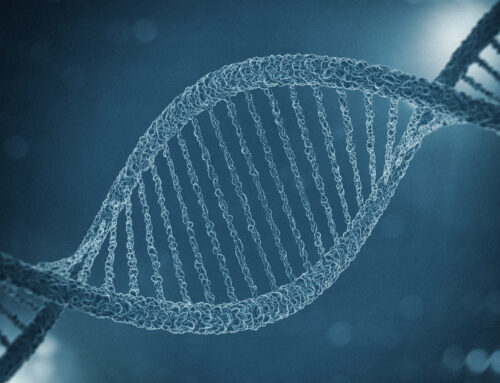.jpg)
Warning: Light spoilers for “The Identical Strangers” ahead
Imagine finding out you had a twin brother during your first day at college. Then, days later, you get a call from someone claiming to be your triplet. These are the circumstances that brought Bobby Safran, Eddy Gallad and David Kellman together. “Three Identical Strangers” tells the story of how these identical triplets reunited and explores how they were separated. And more importantly, it raises a question: Can three genetically identical people living separately show us how our gene influence who we become?
As the film unfolds, we learn the Dr. Peter B. Neubauer, a noted child psychiatrist, conducted a “nature versus nurture” experiment with multiple sets of Jewish twins and triplets. All of the test subjects’ birth parents put their children up for adoption through the Louise Wise Services adoption agency. That agency placed Bobby, Eddy and David in different home environments. Scientists studied each triplet’s development under the guise of the adoption agency conducting due diligence on their adoptees. The records from Neubauer’s study remain sealed at Yale University until October 2065.
While the true story portrayed in the documentary takes it to extremes, scientists regularly study identical siblings to answer the difficult question: Do genes or the environment have a greater effect on a person? Identical twins share 100 percent of their DNA, while fraternal twins and other siblings share on average 50 percent of their DNA, making them ideal people to shed insight into “nature versus nurture” debates.
Scientists research the heritability of intelligence, disease and sexual orientation by using identical and fraternal twins. A new study in Nature Genetics examined the influence of nature versus nurture of 560 diseases and conditions in more than 56,000 pairs of twins insured by the same insurance company. Most diseases are a result of both your genes and environmental factors. However, scientists found that genes influence about 31 percent of conditions such as sickle-cell anemia, while 9 percent of conditions, such as lead poisoning, are driven by environmental factors. But what do we make of the remaining 60 percent?
When Bobby, Eddy and David first met, they realized they shared several eccentric similarities. For example, they all smoked the same cigarettes, they were all wrestlers in high school and shared a similar taste in women. However, their reunion wasn’t all blissful. The adoption agency never informed the triplets of their family history of metal illness – a control variable across all test subjects. Major mental disorders appear to have genetic links, and we later learn that all three triplets suffered from mental health issues that would end up impacting them in ways they could have never imagined.
“Three Identical Strangers” showcases a study that split up Bobby, Eddy, David and several other twin sets and studied them “like lab rats.” The triplets may never see the unredacted data in their lifetimes (in 2065 they will be 104 years old), but they experienced the unethical experiment firsthand. For them, like for all of us, nature and nurture both played a role in shaping their lives. They are brothers because of their shared DNA, but their adoptive parents and experiences in the 19 years before they even knew the others existed made an even greater impression on their lives.


